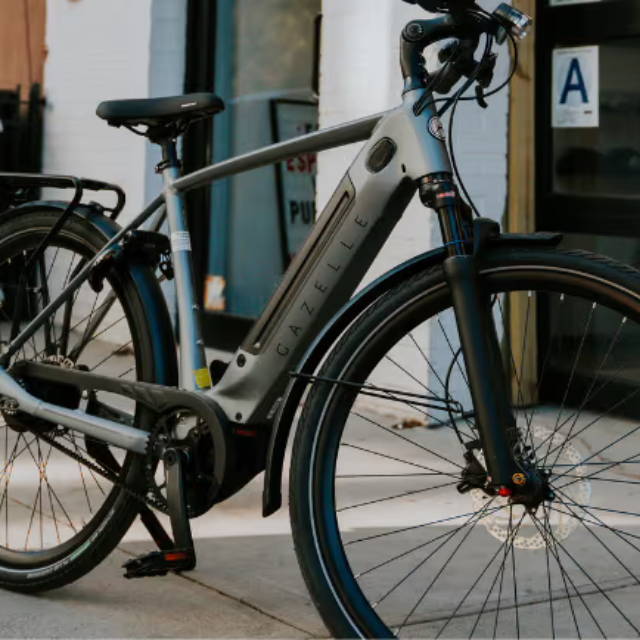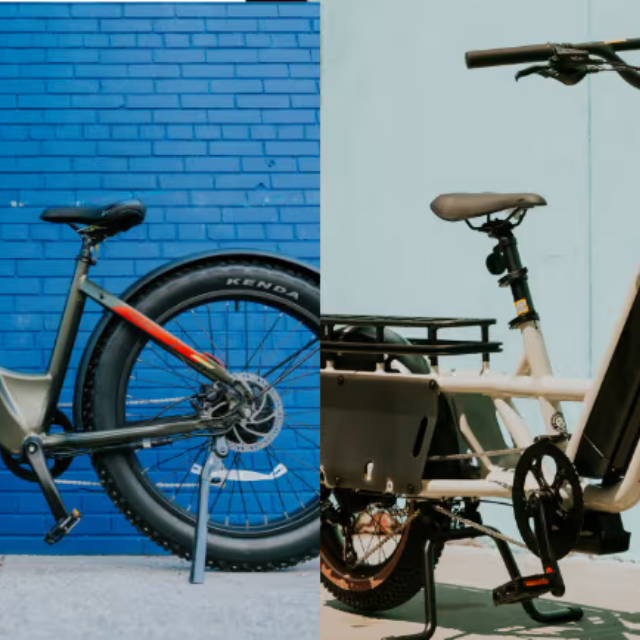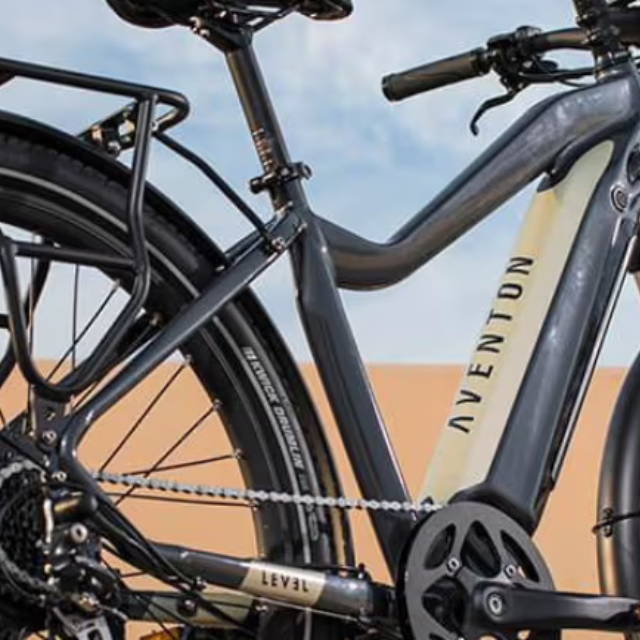Watts, Newton-Meters, Power & Torque - Making Sense of E-Bike Motors
Written by: Rémy Rossi | April 19, 2025 | Time to read 5 min
Let’s make sense of all those numbers and abbreviations thrown at you when browsing e-Bikes and comparing motors. *Bell rings*. Class has begun, welcome to E-Bike Motors 101.

More about the Author: Remy Rossi
Rémy Rossi is a bike writer, mechanic, and educator who got his start in community-based bike shops and co-ops. With a decade in the industry, he still wrenches on bikes when he can and plays bike polo on a fixie.

Knowing a bit about the specifications of an e-Bike’s motor not only clues you in to the expected performance, it allows you to accurately compare it to other models. This way, you can see past all that marketing fluff touting big numbers and get down to the nitty-gritty.
But making sense of power and torque requires some explanation. Electric bike power is typically measured in watts (W), whereas torque uses the Newton-meter (Nm) unit. That’s where those abbreviations you see all over the place come from and, in this article, I’ll dive deeper into what they mean and when they actually matter.
But making sense of power and torque requires some explanation. Electric bike power is typically measured in watts (W), whereas torque uses the Newton-meter (Nm) unit. That’s where those abbreviations you see all over the place come from and, in this article, I’ll dive deeper into what they mean and when they actually matter.
How E-Bike Motors Work

The role of an electric bike motor is to provide electrically powered assistance. Unlike a moped, scooter or motorcycle, which feature independent throttles, an e-Bike motor only delivers power when you pedal. However, there are Class 2 e-Bikes equipped with a throttle mode. There are mid-drive motors positioned at the center of the bike or rear hub-drive motors.
What is Torque?

Torque is a measurement of rotational force. In motors, it measures how hard the motor is turning. The more torque an e-Bike motor has, the more force it can apply to the drivetrain. In broad terms, a higher torque propels the bike forward with more force.
What is Power?
The motor power rating indicates the maximum amount of energy it can output. Engine power is calculated by multiplying the engine’s torque by the crankshaft’s angular speed. For example, in motor vehicles, crankshaft speed corresponds to engine RPM. On electric bikes, however, that rate depends on how fast the rider pedals and which gear the shifter is set to.
The more power an electric bike has, the more efficient the motor’s electric assistance and the less effort the rider needs to pedal. This benefit is especially noticeable when riding up hills and inclines. More power lets the e-Bike handle higher loads without struggling, such as additional cargo or a passenger.
Legal Considerations of High Power Ratings

While higher engine power can theoretically translate into higher speeds, federal and state laws limit e-Bike top speeds. Most states have adopted a three-class system that organizes e-Bikes according to assistance type and top speed.
Class 1 and 2 models have a top speed of 20 mph, and Class 3 e-Bikes have a top speed of 28 mph. Class 2 models have pedal and throttle assist, whereas Class 1 and 3 only have pedal assist. Specific states also have additional restrictions, such as maximum motor power. For example, California’s updated e-Bike laws define an electric bicycle as any bicycle with an electric motor with a power rating of less than 750W and “fully operable pedals.”
Always review your local laws before choosing a high-powered electric bike. States may regulate e-Bikes differently, and models classified as electric bikes in one local jurisdiction may be classified as electric motorcycles or electric mopeds in another, which typically requires appropriate licensing and insurance.
How Power and Torque Ratings Affect Your Choice

Generally, the more powerful your electric motor, the more power it needs to draw from the battery, shortening its lifespan and decreasing its maximum range. If you need a fast, agile electric bike that can easily climb up hills or transport cargo, choosing a model with a more powerful electric motor will give you the performance you need on the road or the trail.
If range and longevity are a priority, look for lower-powered electric motors and long-lasting batteries. While an e-Bike’s range is affected by multiple factors, including speed and pedal power, a less powerful motor will draw less power from the battery, and a higher number of Watt-hours (Wh) means the battery can hold more power before running out.
Find High-Performing Electric Bikes at Upway
Upway carries a wide selection of certified used electric bikes from the world’s most trusted manufacturers, such as Aventon, Bianchi, Cannondale, Gazelle, Giant, Pedego, Rad Power Bikes, or Specialized. Shop our catalog of pre-owned, professionally inspected e-Bikes today!
Key Takeaways
- Torque = Acceleration & Climbing Power: Measured in Newton-meters (Nm), torque determines how forcefully your e-Bike can accelerate—especially from a stop or up steep inclines. High torque is essential for a full suspension electric bike or electric cargo bike.
- Power = Efficiency & Load Capacity: Measured in watts (W), motor power affects how efficiently your e-Bike assists you. Higher wattage helps when hauling extra weight or riding faster on roads.
- Know What You Need Before You Buy: Choosing the right motor specs depends on your lifestyle. Commuters and casual riders may prefer lower-powered models for range, while adventurers and haulers benefit from high torque and power.


